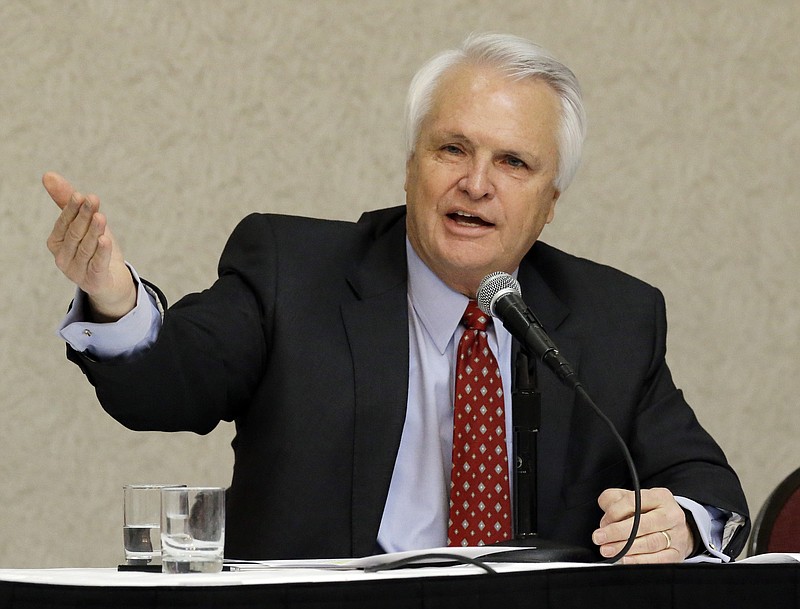What Tennessee parent sending their children to a state public college or university wouldn't like a two-year tuition freeze, or, even better, level tuition for each of their child's four years at a school?
Gov. Bill Haslam and Lt. Gov. Ron Ramsey, both Republicans, are fans of a bill - at least aspects of it - filed in the state legislature last month that would attempt to slow the growth of tuition at state schools.
Also out there, of course, is U.S. Sen. Bernie Sanders, I-Vt., who in his Democratic presidential primary bid is suggesting the government make tuition free at all public colleges and universities.
It's no wonder many millennials are excited about the septuagenarian socialist candidate.
The devil, though, is in the details.
Sanders would have the federal government - already nearly $19 trillion in debt - just fund the tuition.
Haslam wonders if things couldn't be tightened up.
"It's why we say we need to look at how we manage everything at our universities," he said.
College tuition, according to figures Ramsey said were compiled by his staff, has risen 456 percent in the last 20 years. Much of that covers the ever expanding bureaucracy of staff and programs that are created to serve students in ways they didn't even know they needed to be served.
Public higher education institutions, for instance, find it hard these days to do without women's centers, inclusion offices, disability resource centers, diversity offices, multicultural centers, gender studies offices and pride centers - and the people who staff them.
Meanwhile, the number of full-time faculty across the country has declined from nearly 80 percent in 1970 to less than 50 percent in 2011, according to the Digest of Education Statistics. At the same time, various studies have shown that both student retention and graduation rates declined as the percentage of part-time faculty members increased.
Exacerbating the problem is the share of state funds colleges and universities receive to offset student tuition. Twenty years ago, tuition covered 30 percent of the cost of a student's education. A decade ago, it was 50 percent. Today, it's nearly two-thirds.
As states have had to pony up more for health care, K-12 education and entitlement spending, the amount they've had to put into higher education has fallen.
How far the Tuition Stability Act that Haslam and Ramsey like will go in the legislature remains to be seen. Without a doubt, colleges and universities could tighten their belts by eliminating programs nobody knew were necessary until they were created. And parents would love stable tuition. But how those tuition-paying parents would feel about the specific women's centers and diversity offices at their child's school closing shop may be another matter.
Legislators should be concerned about the bottom line where it comes to tuition at public colleges universities, but they also must be prepared to back up the results of such freezes.
